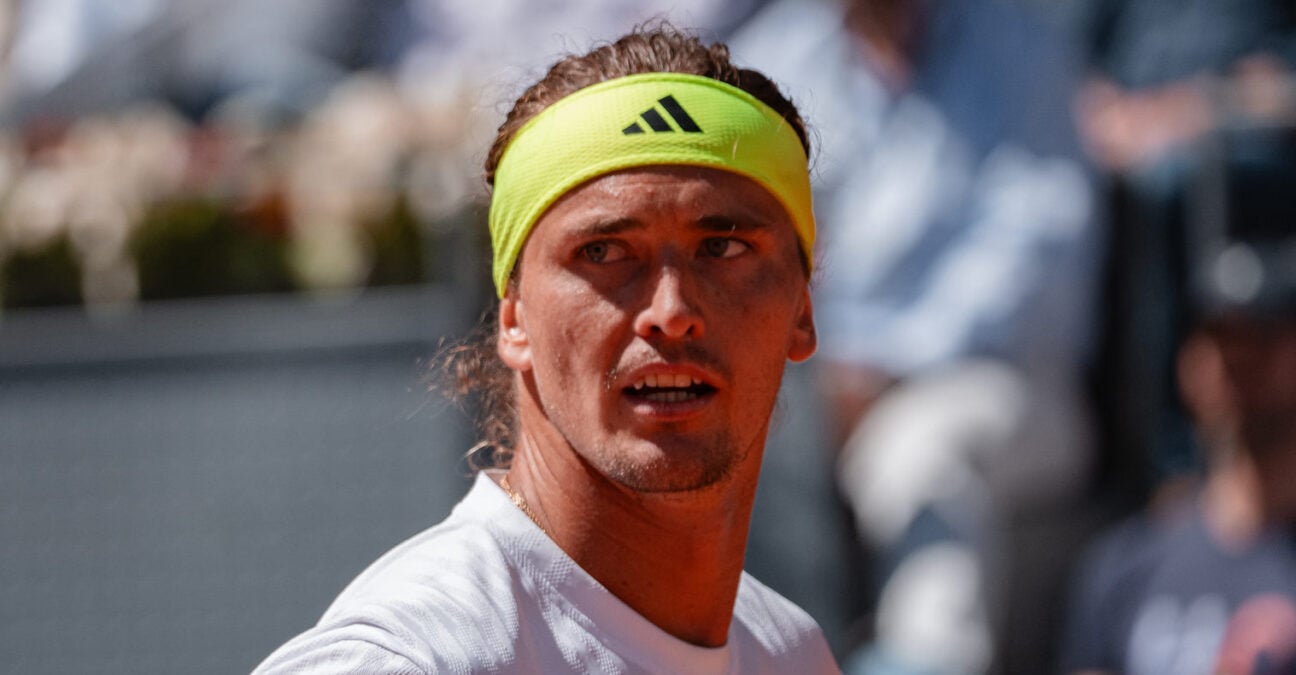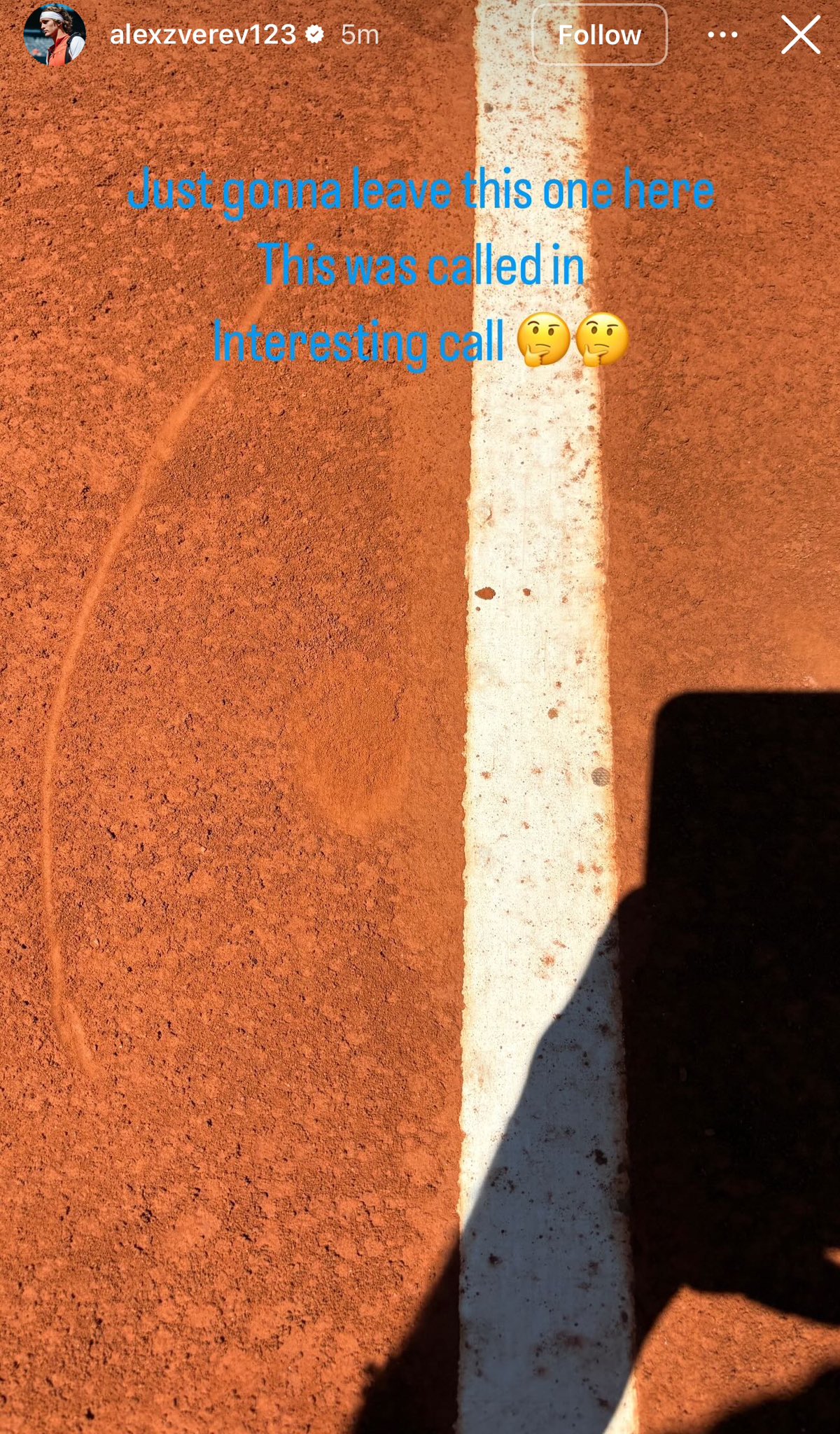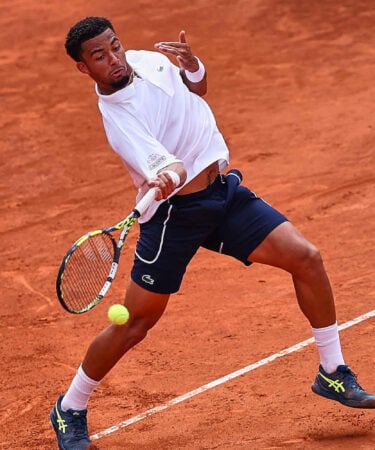“There was a problem with the machine, the ball was several centimetres out” – Zverev warned for taking picture of ball mark
During his third-round win against Davidovich Fokina, Zverev photographed a mark he deemed to be out, but judged in by the electronic line calling
 Alexander Zverev, Madrid Open, 2025 © Khadim Sylla / Tennis Majors
Alexander Zverev, Madrid Open, 2025 © Khadim Sylla / Tennis Majors
“I still don’t trust it 100 percent, and I probably never will.” These were the words of Roger Federer, in August 2007, after a quarter-final win against Lleyton Hewitt in Montreal, when talking about Haw-Eye. A fairly recent system at the time, launched 16 months earlier.
“During my first match, Karlović used it on a serve: the mark was clearly outside – because you can see the marks on the court (although it’s hard) – and the video announced it inside,” the Swiss said. “I couldn’t believe it.”
“It reminded me of a similar situation at Wimbledon,” he added. “These moments prove to me that the machine is not completely reliable. That’s also why we see so many guys trying the challenge on the important points. They tell themselves that the ball is probably a foul, but that the video will perhaps give it the right data.”
During his career, the 20-time Grand Slam champion was regularly gently mocked for his poorly managed challenges. In most cases, technology proved him wrong. Perhaps he knew full well that his shot was not within the limits of the court, or that his opponent’s had hit the line, but that he secretly hoped that the machine would make a mistake.
The technology can indeed be wrong, by a few millimeters (normally)
At least that was the theory of Jason Goodall, a Hawk-Eye expert for the BBC, in 2010. “I think deep down, he (Roger Federer) thinks the Hawk-Eye system is bad and he’s using it hoping that he can give him a point by mistake,” he told The Guardian.
Like any device, Hawk-Eye has a margin of error. Which would be between 3 and 4 mm. If, on hard courts, it is difficult for the spectators to see in real time, whereas clay offers a more defined mark.
Since this season, the ATP Tour has adopted automatic refereeing on all its courts, with umpires unable to challenge these calls. It has led to some farcical scenes, with balls clearly out, but which must be considered good because Electronic Line Calling has decided so.
In Madrid, during his thrilling victory against Alejandro Davidovich Fokina in the third round, Alexander Zverev highlighted this problem. He took a photo with his phone, then shared it in an Instagram story, of the mark of a ball located several centimetres outside the line but deemed good by the Electronic Line Calling.

I’m an advocate of electronic refereeing, but here, the ball was several centimeters out
“I think there was a problem with the machine,” the German later told reporters. “I’m an advocate of electronic refereeing, but here, it wasn’t like the ball was in or out for a millimetre, it was four or five centimetres (exaggerating a bit) next to it.”
“That’s why I asked the referee to go down, he had to see that I wasn’t crazy (laughs),” he continued. “But he couldn’t, and it’s not his fault, he doesn’t have the right to judge the machine.”
Despite this incident, Zverev did not want to drive the point home. “I think there was a bug,” he said. “Normally, the system is very reliable. In my own experience, it has worked so far. But I don’t know what happened today (Sunday).”
A few days earlier, Arthur Fils had made a similar complaint, which was enough for him to call for the return of the linesmen on clay.















